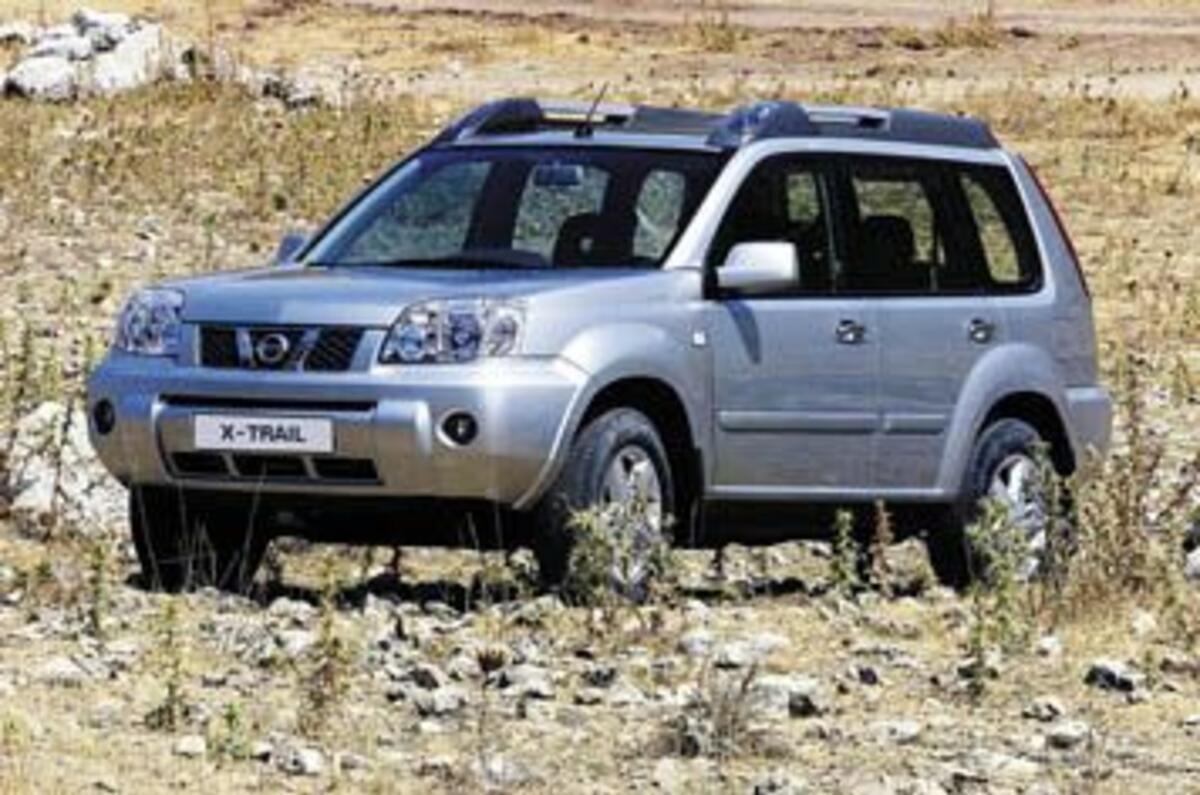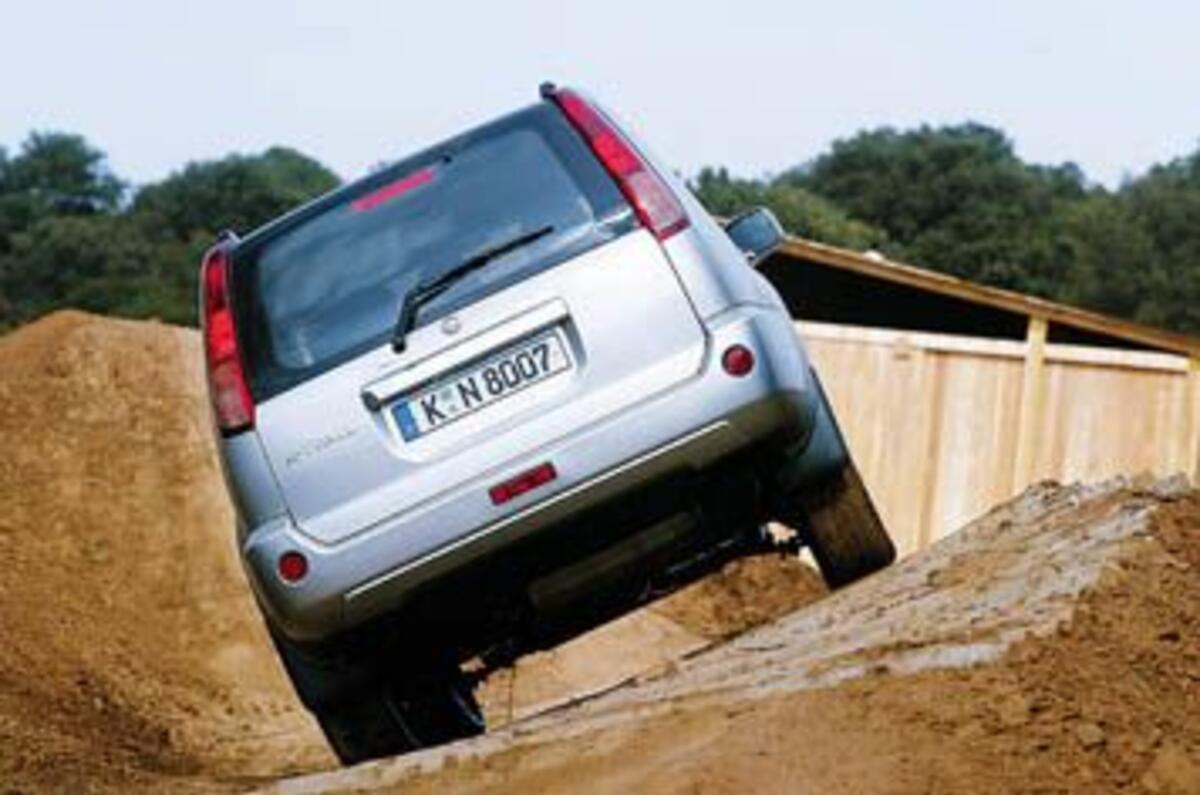With the X-Trail threatening to knock the Freelander off second place in the European soft-roader sales charts, Nissan’s decision to facelift the two-year-old 4x4 seems premature, to say the least.
The explanation is simple: Nissan was caught napping when it launched the car because, while it was thinking muddy boots and wipe-clean plastics, X-Trail buyers were jumping out of their VW Passats and scratching their heads at the lack of sat-nav and climate control.
As a result, entry-level SE models (the S has been dropped) now get climate control, side airbags, an alarm, driver’s lumbar adjust and a CD player as standard, while a new T-Spec version tops the range with features such as ESP and the excellent ‘Birdview’ sat-nav system. A smarter centre console, higher-quality switchgear and a cargo net update the interior.
Outside, the bumpers have been reprofiled to generate shorter overhangs, the mesh grille reshaped and the rear light cluster revised. Sport models upwards also wear new 16-inch alloys and colour-coded exterior trim. The most important change, however, is the introduction of the new 2.2-litre diesel from the Primera, which has been tweaked to produce 136bhp and 231lb ft of torque at 2000rpm.
Where the outgoing diesel is punchy and economical, but unrefined, the new unit eclipses its 2.0 and 2.5 petrol counterparts in virtually every area. Smooth, powerful and refined, it combines with the (now slicker) six-speed manual box to provide a usefully wide power band for overtaking. Fuel economy of 39mpg and emissions of 190g/km remain unchanged.
Rounding off the update is a new suspension set-up that does a better job of damping away surface imperfections, yet retains the taut, agile feel that makes the current X-Trail so car-like to drive. Price increases range from between £200 and £705 for the 2.2 dCi Sport driven here.
Euan Sey









Add your comment